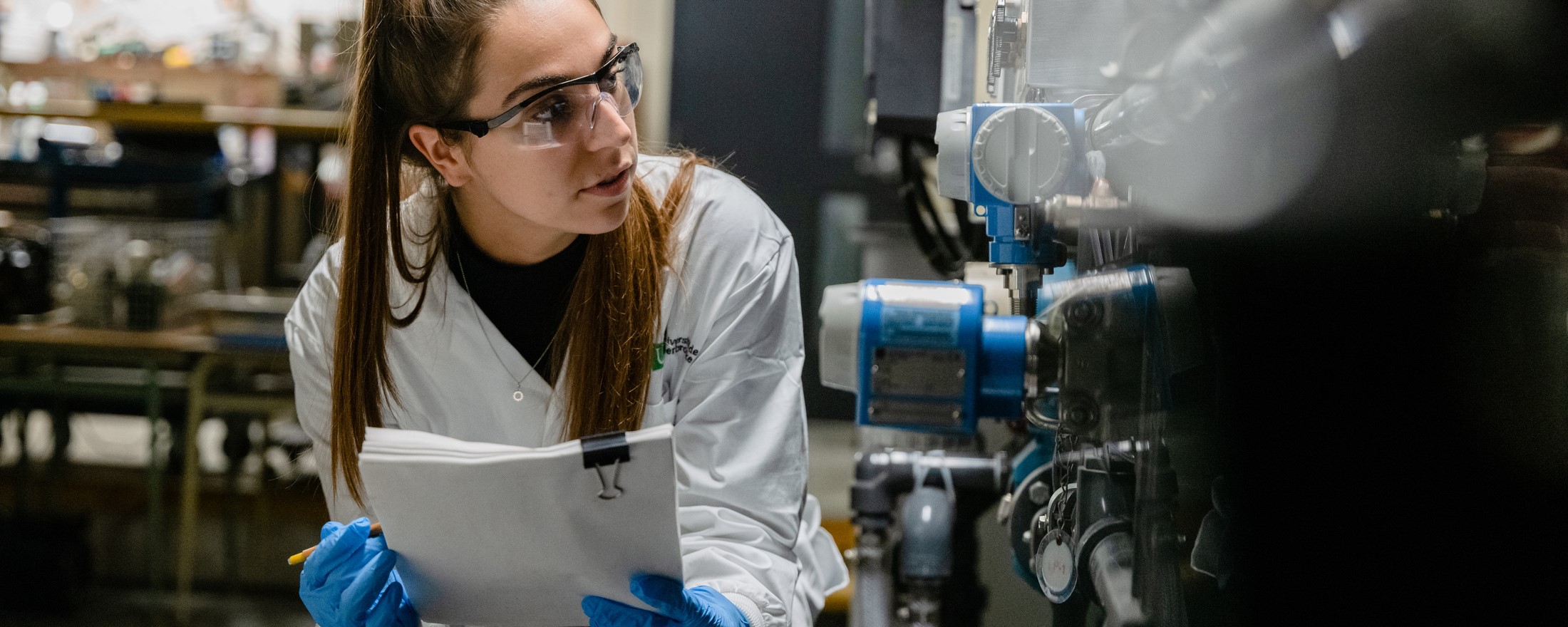Alternative Covers for Degraded Areas and Landfill Sites
The restoration of areas degraded as a result of human activities such as natural resource exploitation, urban development, or landfills for soil and waste is a hot topic.
For the moment, in Québec, the engineering consulting firms usually mandated for designing plans and specifications in restoration projects for degraded sites are not aware of all the alternative systems they can use to restore sites. The various first-line stakeholders and decision makers, including regulatory bodies granting authorizations, will eagerly welcome the UdeS’s research on the topic. This research work will lead to new avenues for highly tangible solutions, in a sustainable development perspective.
Since site recovery is often crucial to ensuring value and promotion, researchers are attempting to determine if certain soil categories, currently not accepted as construction material, could be used as covers for beneficial purposes instead of being buried.
Research has shown that to be effective, the cover material of a landfill site must be capable of controlling water infiltration and greenhouse gas (GHG) emissions. This way, once planted, vegetation can start playing its protective role against erosion again. In contrast, ineffective covering may have unfortunate impacts on neighbouring populations: Deterioration in the environment’s quality, odour emissions, presence of rodents, and potential waterway contamination.
With this in mind, Professor Alexandre Cabral’s team is developing passive methane oxidation biocovers (PMOB). These alternative covers significantly reduce GHG emissions after shutting down active systems when they are no longer able to collect biogas. In some cases, on old sites or sites where collection has stopped, PMOBs may even be the only viable option.
To test various materials and thus determine the most effective cover, they built three experimental plots on the St-Nicéphore landfill, in Québec. The work integrates the geotechnical (placement; compaction; etc.), hydraulic (unsaturated flows; degree of water saturation; etc.), and biological (dynamics of methanotrophic activity) aspects of a PMOB. Five large-scale experimental plots were also built to install mass flow meters and sensors connected to a data acquisition system. With these plots, they will evaluate the amount of water percolating through the different covers tested, including certain covers incorporating contaminated soils. In the end, the research conducted by this Sherbrooke team will lead to sustainable solutions for the current waste management situation.
Principal Investigator: Alexandre Cabral
